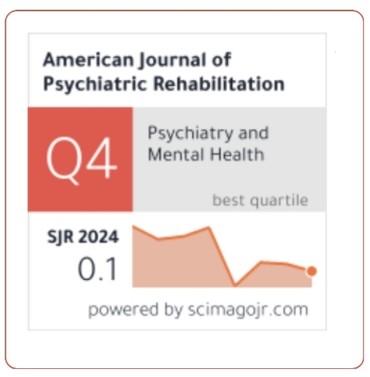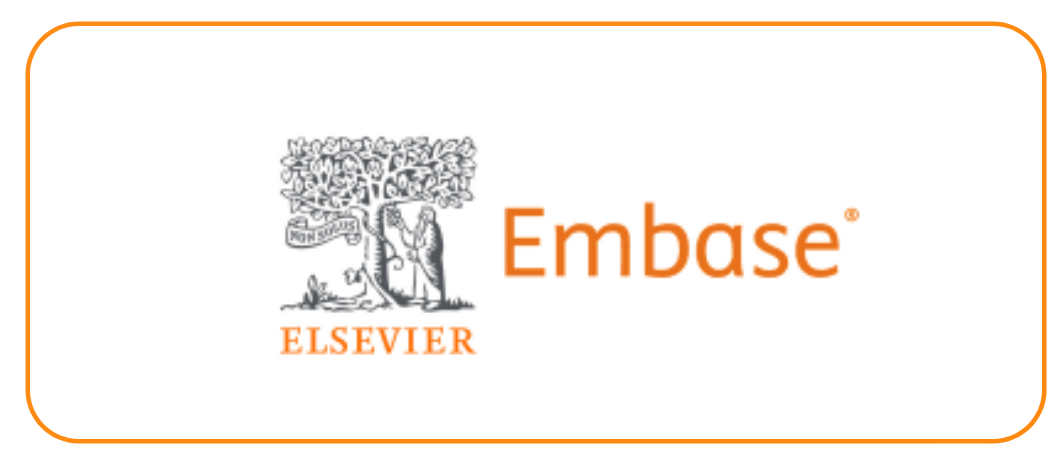A Critical Review of the Concept of Bāl Graha in Ayurveda with Correlation on Modern Pediatric Disorders
DOI:
https://doi.org/10.69980/ajpr.v28i5.635Keywords:
Bāl Graha, Ayurveda, Kaumarbhritya, Balgraha, Graha Roga,,child psychiatry, pediatric neurology, behavioral disorders.Abstract
Kaumarbhritya is one of the branches of the “Ashtanga Ayurveda”. Balgraha is an abstract that is a part of Kaumarbhritya. The concept is quite distinctive which portrays the disease caused by the invisible vectors. This idea of Balgraha is not very acceptable nowadays due to Modernization of this era. For that reason, an attempt has been made to relate it to the modern era on the basis of the science and clinical application that can be practically applied on the patients. This review critically examines the classical Ayurvedic understanding of Bāl Graha with a comparative analysis to modern pediatric disorders such as epilepsy, autism spectrum disorder (ASD), ADHD, night terrors, and psychosomatic disorders. By integrating Ayurvedic principles with contemporary scientific insights, this paper aims to contextualize the relevance of Bāl Graha in modern child healthcare, explore potential correlations, and evaluate the therapeutic significance of Ayurvedic management strategies. The study also highlights the scope of interdisciplinary research to bridge traditional pediatric wisdom with modern neurodevelopmental science.
References
1. Vagbhata, Astanga Hridyam edited by Kaviraj Atridev Gupta with Hindi commentary Vidyotini, reprint edition 2007, uttar tantra verses no. 3/3-5, page no 461, chaukhamba prakashna, Varanasi.
2. Susruta samhita edited by kaviraj dr. Ambika dutta shastri with hindi commentary ayurved tatva sandipika reprint edition 2012, volume 2, uttar tantra, verse no. 27/6, page no.183, chaukhambha Sanskrit sansthan, Varanasi.
3. Charaka samhita edited by pt kashinath shastri and dr gorakhnath chaturvedi with hindi commentary vidyotini, part 2, reprint edition 2012, chikitsa sthana, verse no. 9/18, page no. 309, chaukhambha bharati academy, Varanasi
4. Vagbhata, Astanga Hridyam edited by Kaviraj Atridev Gupta with Hindi commentary Vidyotini, reprint edition 2007, uttar tantra verses no. 3/1, page no 461, chaukhamba prakashna, Varanasi.
5. Kasyapa Samhita, edited by Sri Stayapala Bhisgacharya with Hindi commentary Vidyotini, 10th edition, Sutra sthana, Revatikalapa adhaya, Verse no. 1, Chaukhambha Sanskrit Sansthan, Varanasi, 2005; p. 06.
6. Vagbhata’s astanga hrdayam, translated by prof. K.
7. R. Srikantha murthy, 2nd edition 1997, volume 3rd uttara sthana, verse no. 3/6-8, page no.28, Krishnadas academy.
8. Susruta samhita edited by kaviraj dr. Ambika dutta shastri with hindi commentary ayurved tatva sandipika reprint edition 2012, volume 2, uttar tantra, verse no. 27/6, page no.183, chaukhambha Sanskrit sansthan, Varanasi
9. (ankit, "Areview article ofAyurveda and modernapproach for nutritional deficiency disorders")
10. Concept of Sakuni Bala Graha with special reference to Impetigo –A Review. J. res. tradit. Med, 2019; 5(5-6): 79- 83.
11. Asian Journal of Science and Technology Vol. 08, Issue, 09, pp.5506-5510, September, 2017Snehal Vinayak Kale & Mangesh Madhusudan Pawar: Grahabadha- A Study Of Microbial Infectioon In Ancient Times Mamata Priyadarsini Sahu, Jyothy Kothanath Bhaskaran, Jaydeep Kumar Sahu
12. Ghai essential paediatrics by op ghai, piyush gupta and v. K. Paul, revised 6th edition 2005, page no. 210, dr. O. P. Ghai.
Downloads
Published
Issue
Section
License
Copyright (c) 2025 American Journal of Psychiatric Rehabilitation

This work is licensed under a Creative Commons Attribution 4.0 International License.
This is an Open Access article distributed under the terms of the Creative Commons Attribution 4.0 International License permitting all use, distribution, and reproduction in any medium, provided the work is properly cited.









